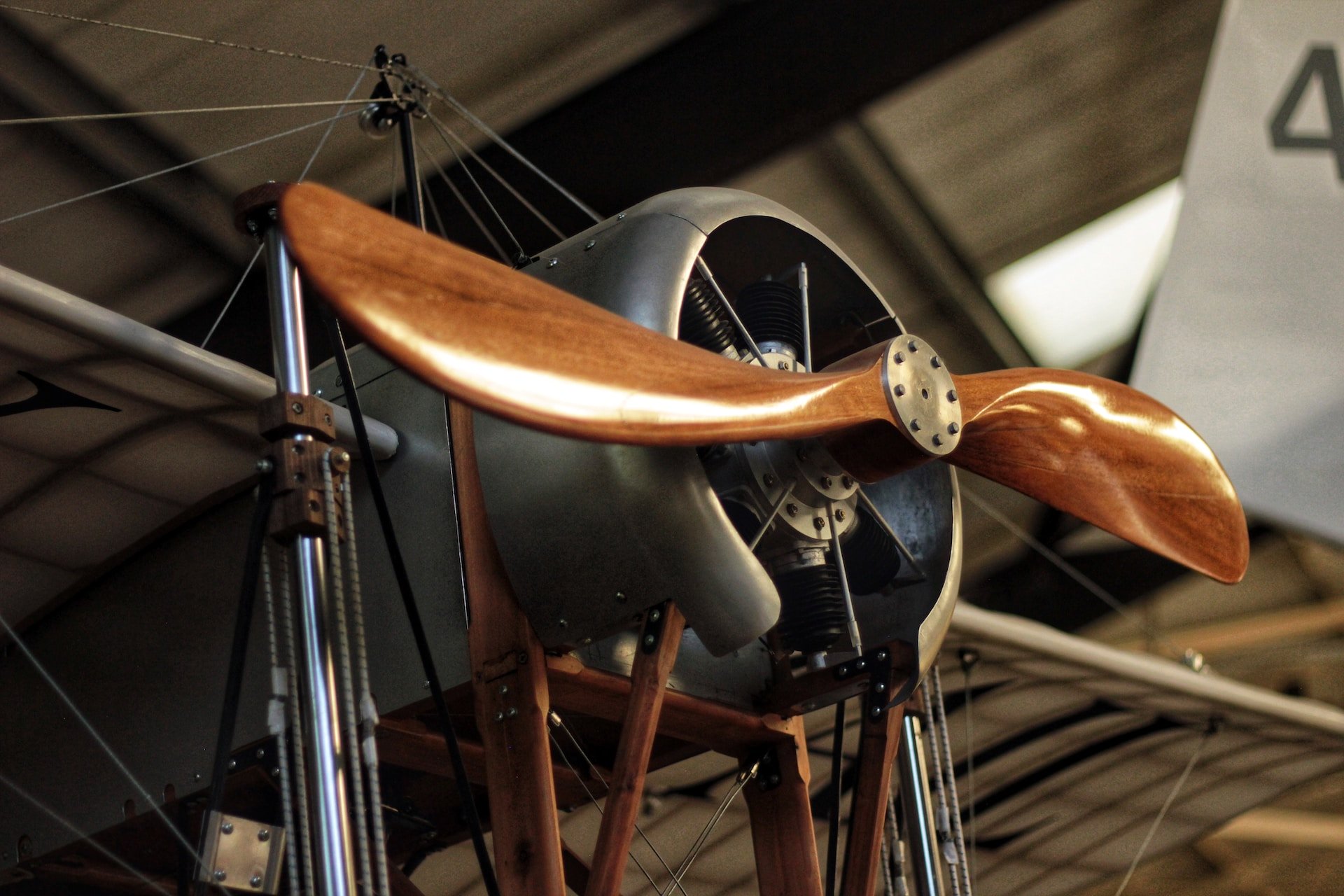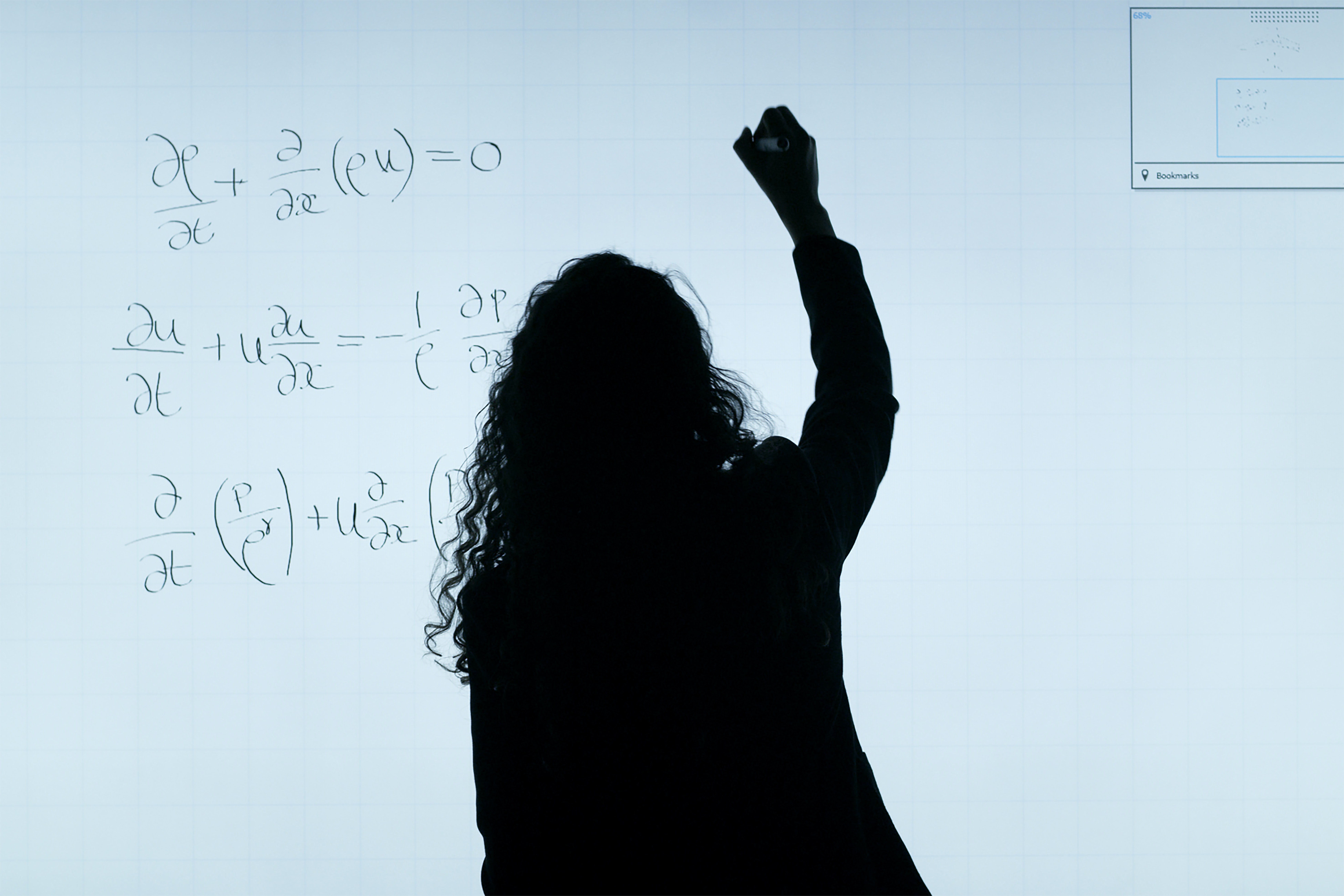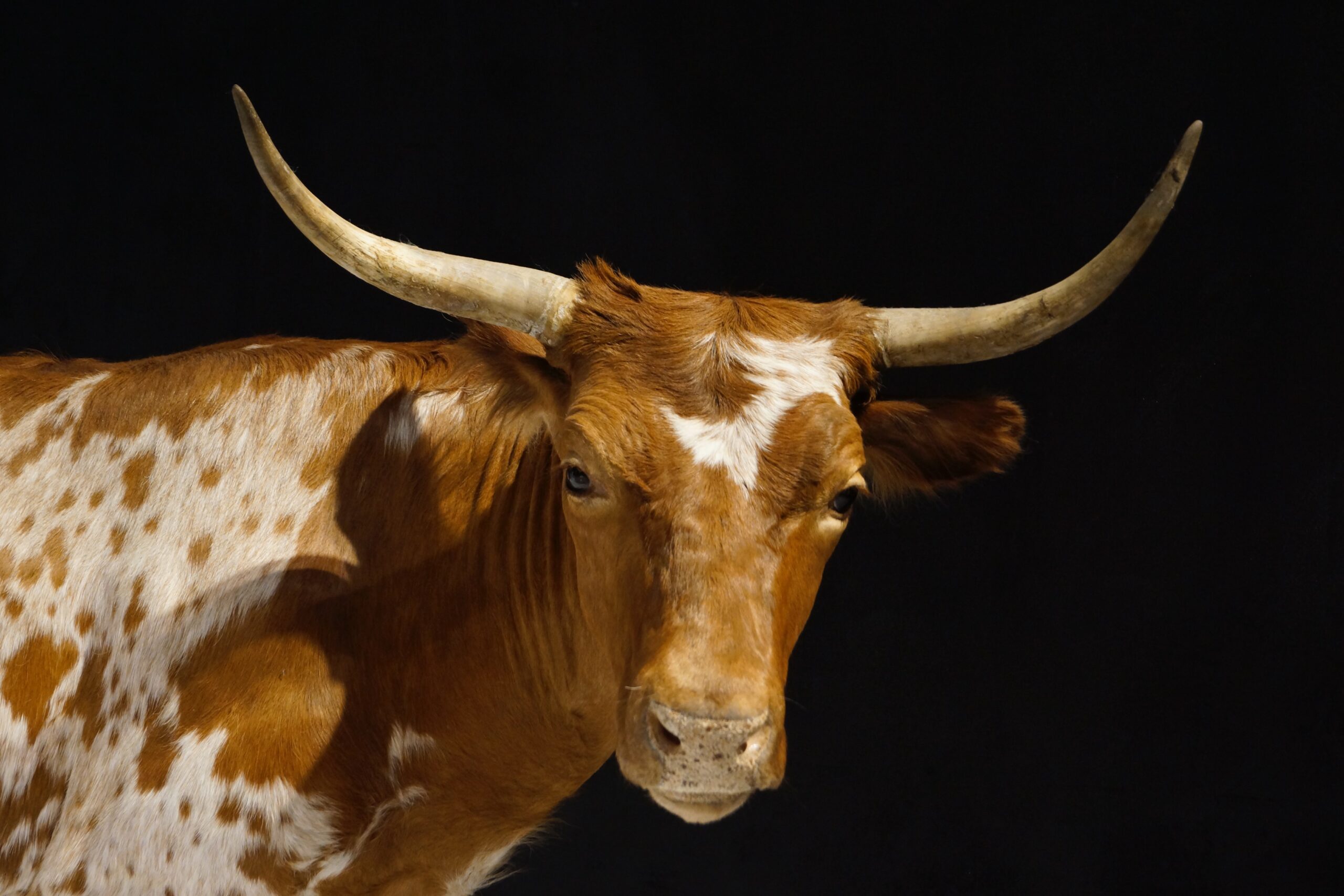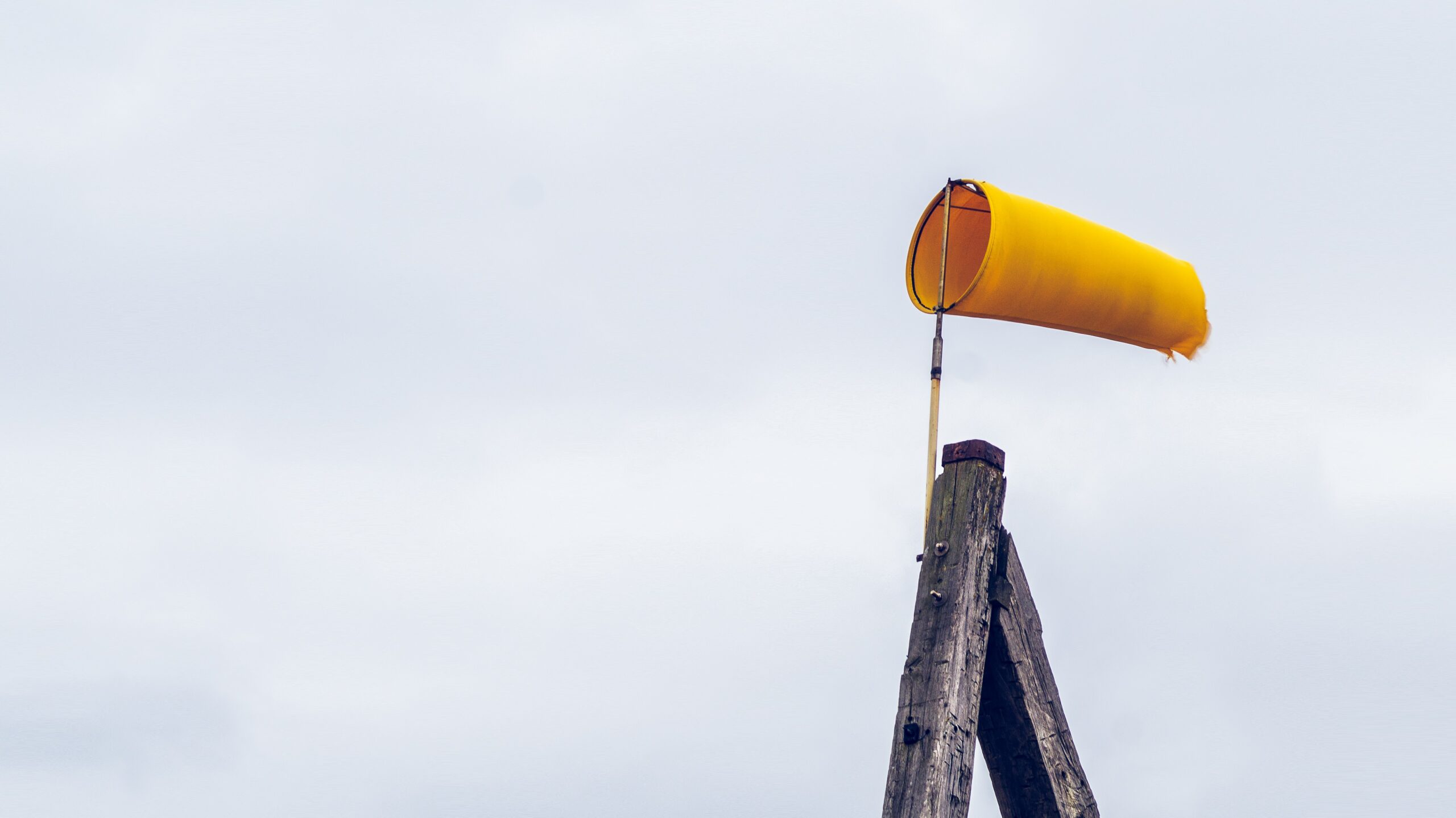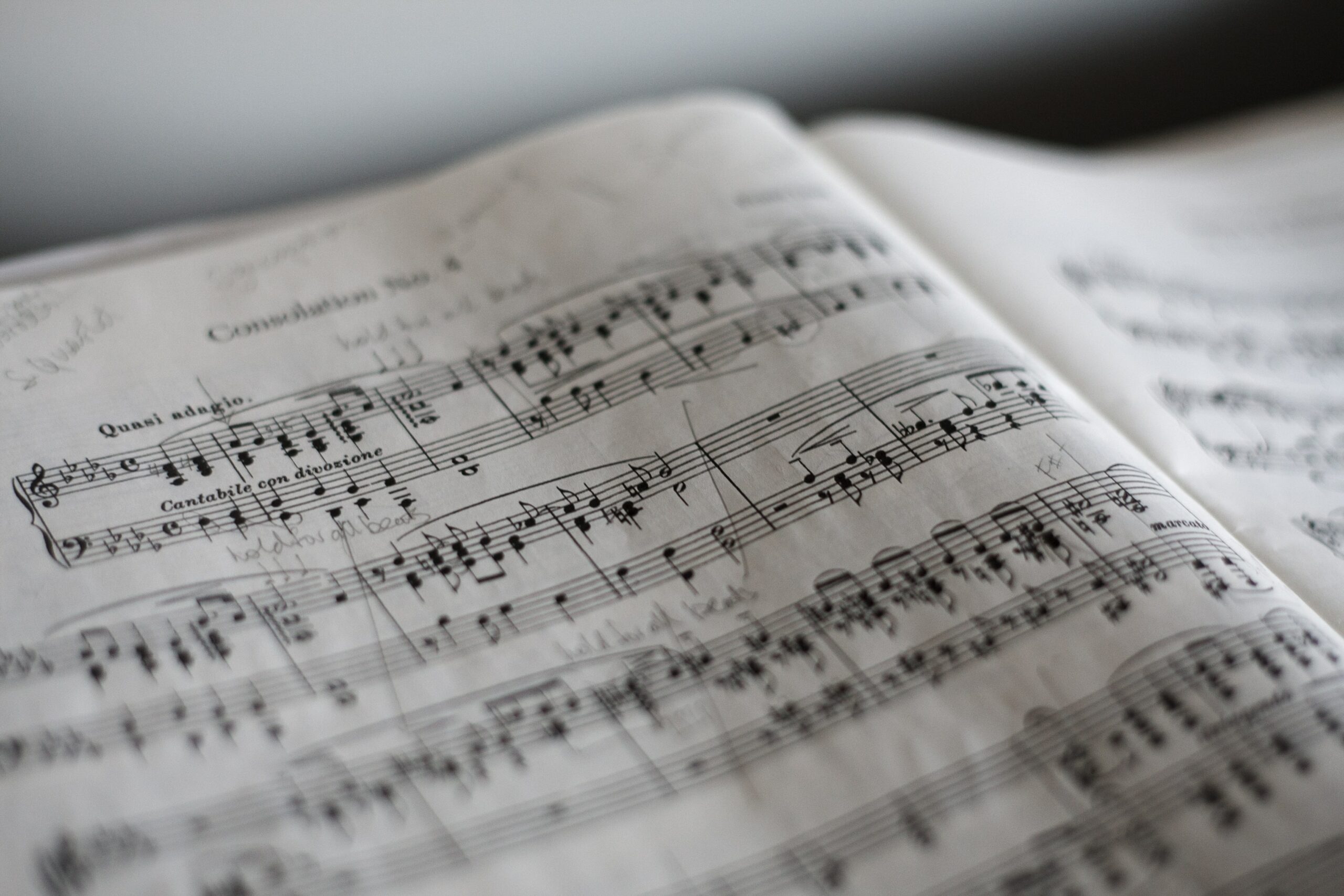
by
Posted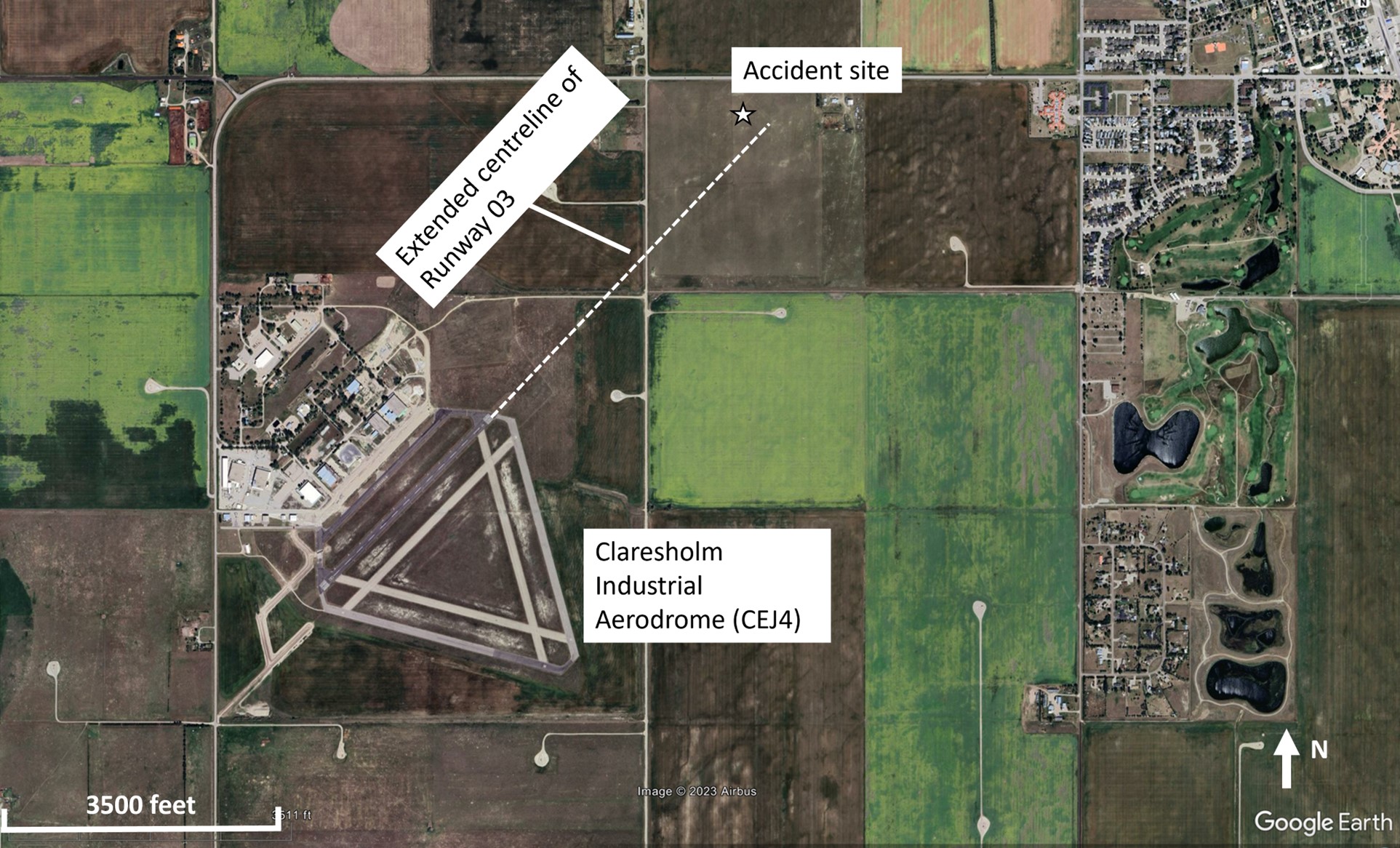
Cessna 152 loss of control and collision with terrain
It’s not often that I write about airplane accidents, but this report makes useful (and sad) reading for PPL students across the country. In August of last year, in Alberta, a Cessna 152 crashed, killing the sole-occupant pilot. The aircraft was owned and operated by an aerial photography company, and had made a forced landing… Read more »
